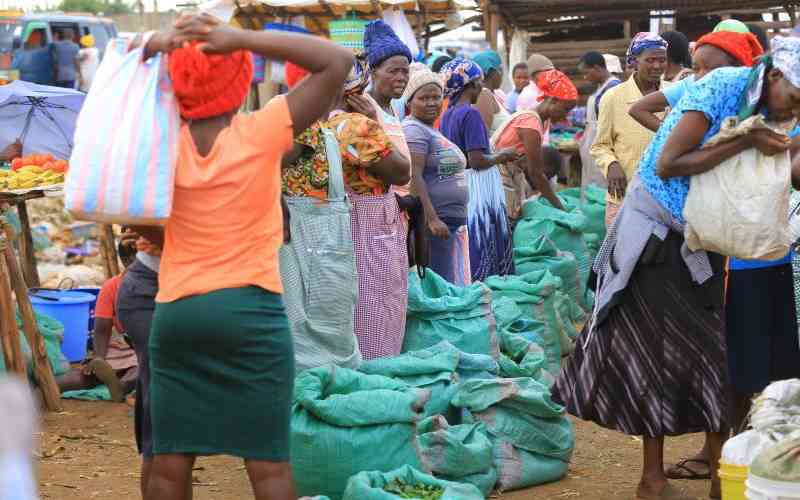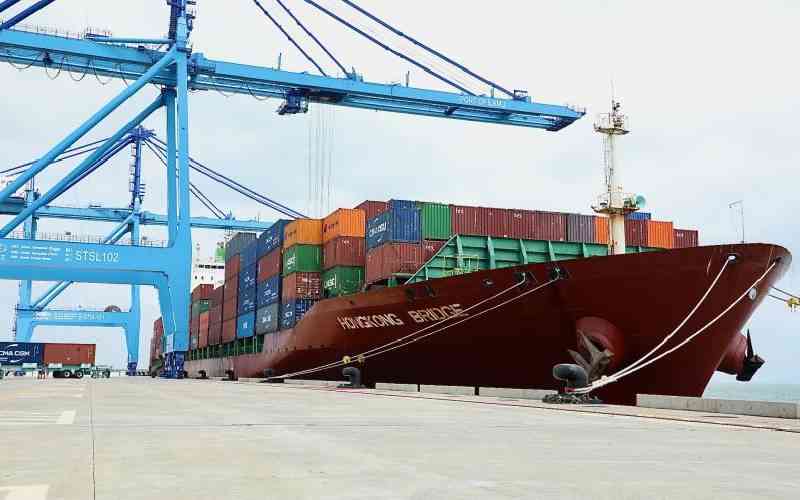
The global population of rhinos continues dropping even after a decade of reduced poaching, wildlife trade monitoring networks reveal. Their study assessed rhino populations, poaching, and trade trends across Africa and Asia.
They noted poaching is now at its lowest in Africa since 2011.
The secretariat of the Convention on International Trade in Endangered Species of Wild Fauna and Flora (CITES) and the International Union for Conservation of Nature (IUCN) noted that poaching accounted for the loss of just 2.15 per cent of Africa’s rhino population in 2024 — the lowest rate recorded since 2011.
But despite that progress, Africa’s overall rhino population declined by 6.7 per cent, down to an estimated 22,540 animals.
“The decline was driven primarily by a sharp drop in white rhino numbers, which fell by more than 11 per cent, down to their lowest numbers since 2007, due to a combination of factors, including drought,” the organisations said in a joint statement on August 7.
By the end of December 2024, Africa had an estimated 22,540 rhinoceroses, comprising 6,788 black rhinos and 15,752 white rhinos.
By the same period in 2024, Kenya had a total of 2,102 rhinos — 1,042 (white) and 1,059 (black).
Although black rhino numbers had increased by 5.2 per cent across the continent since 2023, white rhinos had declined by 11 per cent over the same period.
The report noted that, besides illegal killing, African rhino losses were driven by intense droughts and management challenges, including restricted access to specialised support due to policy shifts favouring national service providers.
In Africa, 516 incidents of poaching were recorded in 2024, with 81.4 per cent of these incidents reported from South Africa. The average annual continent-wide poaching rate dropped to 2.15 per cent of the continental population in 2024—the lowest rate since 2011.
The report noted that the challenges in curbing rhino poaching and trafficking include corruption, limited resources, slow prosecutorial processes, and the presence of organised, well-armed poaching and trafficking networks.
“Many range states have improved laws and anti-poaching strategies but still struggle with corruption, coordination, cross-border crime, prosecution, and community engagement,” the organisations said.
The trade monitoring networks called for political will, improved funding, modern tools, and community involvement to protect rhinos.







